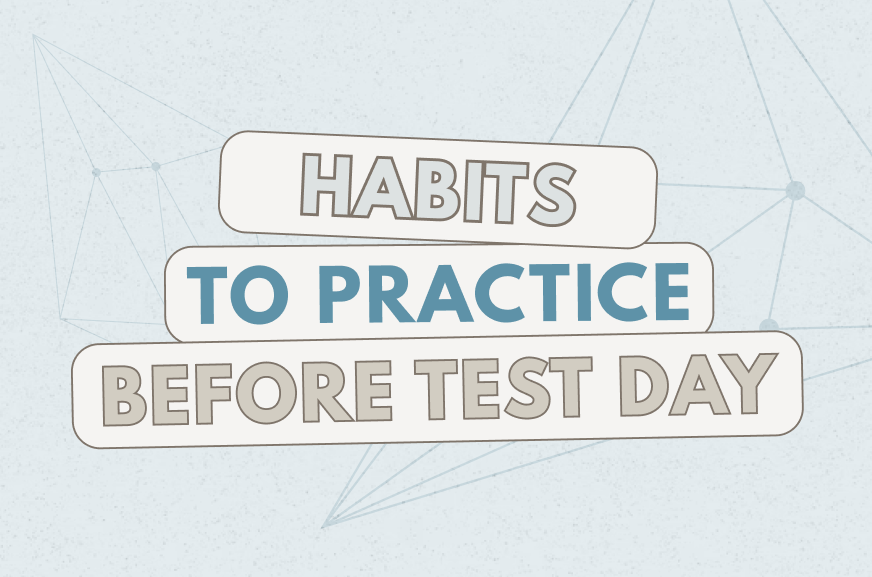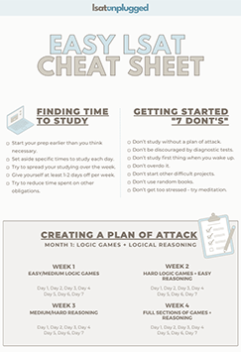Pretend you were taken hostage while studying in the library and could only do 7 Logic Games before Test Day. You can squeeze in one each day while your captors watch their daytime soap operas.
Which 7 Logic Games would you pick? Which are the most important?
This list includes what I consider to be 7 foundational Logic Games (all are purposely drawn from The Next 10 Actual Official LSAT PrepTests).
If you did nothing but these 7 games, you’d be exposed to the pure (non-combination/non-hybrid) games of each common type of Logic Game. Even if you’re not taken hostage, make sure you fully understand each of these 7 games before Test Day.
1. PrepTest 38 (Oct 2002), Game 1 – Pure Sequencing/ Relative Ordering – Circus car with clowns – page 330
2. PrepTest 30 (Dec 1999), Game 4 – Basic Linear/ Strict Ordering – Toy-truck models – page 53
3.PrepTest 36 (Dec 2001), Game 2 – Advanced Linear/ Multilevel Ordering – Radio talk show host – page 279
4.PrepTest 33 (Dec 2000), Game 2 – Grouping: In-and-Out – Birds in the forest – page 177
5. PrepTest 33 (Dec 2000), Game 3 – Grouping: In-and-Out (Numerical Distribution) – Rubies, sapphires, and topazes – page 178
6. PrepTest 29 (Oct 1999), Game 1 – Grouping: Splitting – Accountant and 7 bills – page 32
7. PrepTest 38 (Oct 2002), Game 3 – Grouping: Matching (Templates) – Job applicants and management, production, sales – page 332
Definitions of Major Common Types of Logic Games:
Pure Sequencing | Relative Ordering = place variables in order with rules relating them to each other
Basic Linear | Strict Ordering = place variables in order with rules relating them to specific slots and (possibly) to each other
Advanced Linear | Multilevel Ordering = place variables in order with rules relating them to specifics slots (and possibly to each other) and relate variables of one type to variables of another type
Grouping: In-and-Out = choose some variables but not others.
Grouping: Splitting = divide variables into two different groups.
Grouping: Matching = associate variables of one type with variables of another type or with more than two groups.
Techniques:
Numerical Distribution = Create various combinations of *numbers* of variables to select from each category. Benefit – gives you a birds-eye view of the game without requiring you to draw every specific scenario. Useful in games with subcategories.
Templates = Draw a few main diagrams instead of only one. Each main diagram you draw represents a different potential placement of the variables. Benefit – gives you a birds-eye view of every possible scenario. Useful in games with only a few major possibilities.

